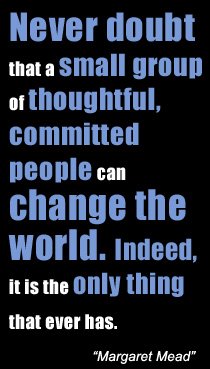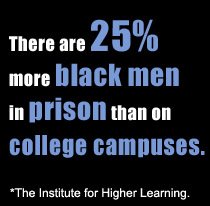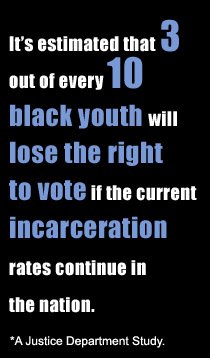FACT SHEET: AIDS In East Harlem - Intersections
SPONSORED BY Union Settlement
AIDS became another major piece in the puzzle of health and social ills in East Harlem since the beginning of the virus. AIDS cases have been recorded in East Harlem since the very early 1980’s. Since then, AIDS cases continued to increase in East Harlem peaking at around 1992 and 1993 when the CDC expanded the diagnostic criteria for AIDS. Although the AIDS case rate appears to have leveled off, this could be due to two major factors: 1) there is still a reporting lag for 1997 and 1998, and 2) the new medications are proving effective in slowing the AIDS progression rate, (i.e. a CD4 count of less that 200). Nonetheless, the social conditions that accelerate the AIDS epidemic continue at high rates in East Harlem. For example, East Harlem ranks #2 in NYC for STD’s, and #1 citywide for substance abuse hospitalizations. These factors, when added to high poverty rates, facilitate the spread of HIV.
- East Harlem has a total population of over 110,508 representing 1.4% of New York City’s population yet has the second highest (4,330 per 100,000 adults) cumulative AIDS rate in the entire city (OAS 10/98).
- Zip code 10029 in East Harlem recorded the highest number of AIDS cases among Hispanics and blacks in the entire borough of Manhattan (Blacks/Latinos living with AIDS by zip in DOH – B.D.I.R. 10/98).
- By February 1999, there were 4,146 cumulative AIDS cases in East Harlem. Of the cumulative total 2,976, or 72% were males and 1,170 or 28% were females. (OAS 2/99)
- Of these, a total of 2,662 persons have died of AIDS in East Harlem. Of the surviving 1,484 persons living with AIDS in East Harlem, 1,029 are male and 455 are female (ibid.).
- 713 or 48% of the persons living with AIDS in East Harlem are blacks, 679 or 45% Hispanics, 87 or .05% are whites and five persons are listed as others/unknown (ibid.).
- The primary mode of HIV transmission in East Harlem is intravenous drug use (IDU). A staggering 62.3% of all AIDS infections resulted from IDU, more than six out every ten HIV infections. This represents the highest percentage in all of Manhattan (ibid.).
- Men who have sex with men (MSM) account for 716 or 17.3% of the transmission rate in East Harlem.
- Heterosexual transmissions accounted for 392 of these the total AIDS cases in East Harlem. Women account for 80.3% of transmissions in this category.
EAST HARLEM HIV CARE NETWORK
OUR MISSION
The East Harlem HIV CARE Network, through its committees, workgroups, and members strives:
- To provide a forum for coordinating community residents, professional health and social service providers, and consumers of HIV/AIDS services in East Harlem.
- To prioritize HIV/AIDS as a crucial issue in East Harlem and to keep HIV/AIDS in the forefront of community awareness, as well as national and local policy decision-making.
- To gather and disseminate information concerning HIV/AIDS education, prevention, and related services with a dedicated commitment to data, methods of analysis, and statistics.
- To monitor and evaluate the HIV/AIDS services rendered and consumed in East Harlem in order to avoid duplication of services and to foster closer working linkages.
- To enhance the quality of HIV/AIDS services in East Harlem.
- To advocate for East Harlem on every government level to improve the quality of life for people in our community living with or at risk of contracting HIV/AIDS.
Jose Martin Garcia Orduna - Network Coordinator
EAST HARLEM HEALTH DEPARTMENT 158 EAST 115TH STREET, SUITE 218. NEW YORK, N.Y. 10029
TEL: (212) 828-6141/42/43 - FAX: (212) 360-5914





No comments:
Post a Comment